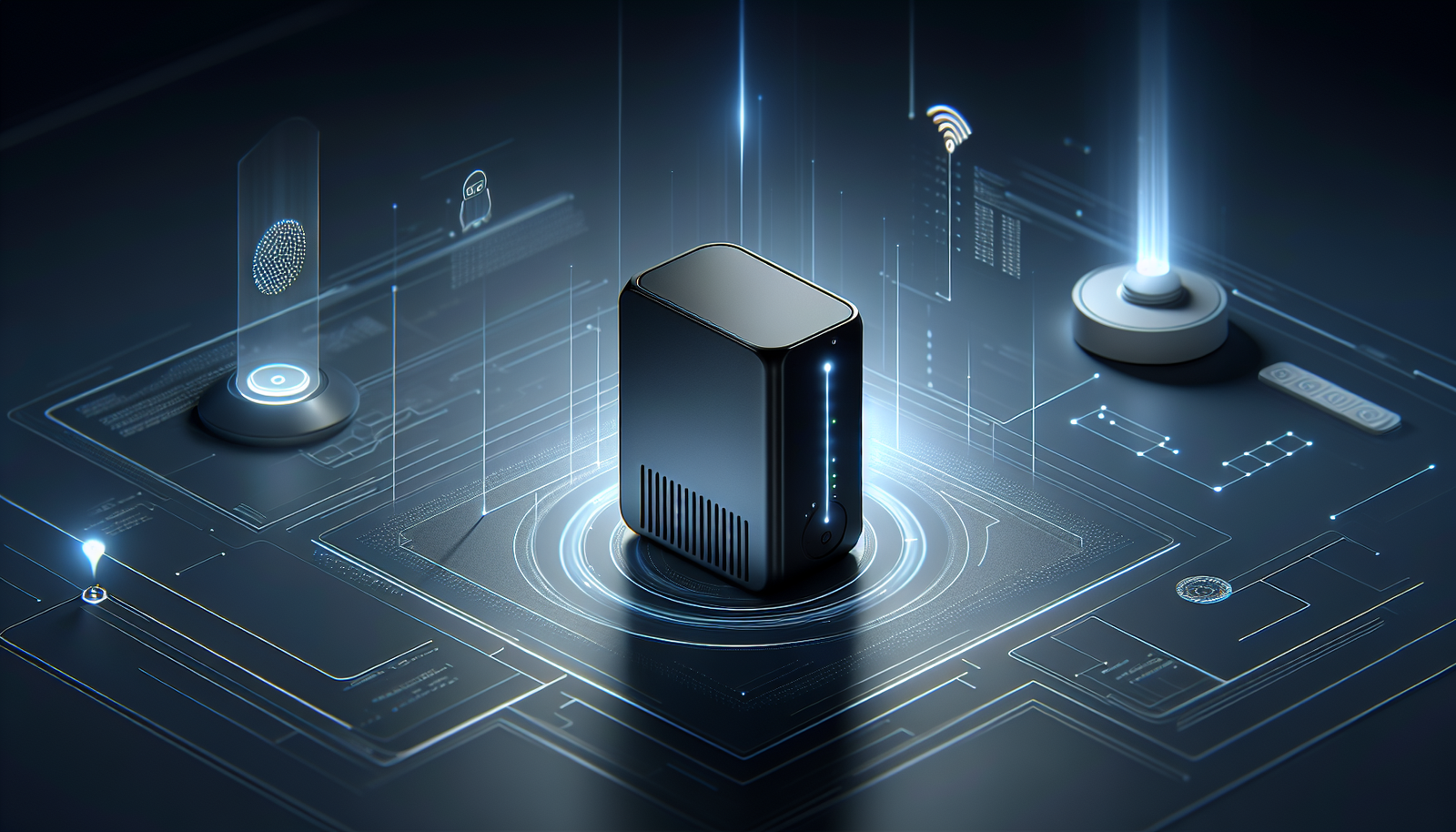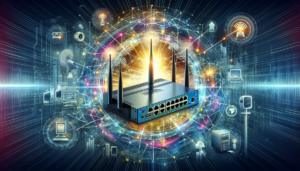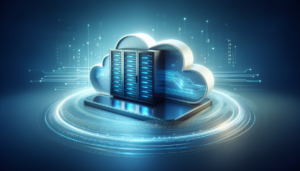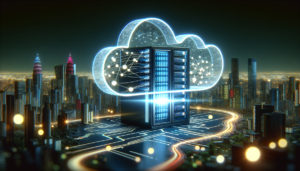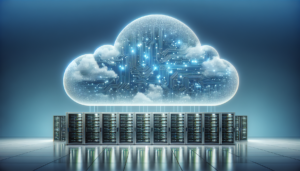Have you ever thought about how quickly technology evolves and how it influences our daily lives? One exciting area that has been growing rapidly is the intersection of edge computing and the Internet of Things (IoT). It’s fascinating to consider how these technologies will shape our future and make life more efficient and connected.
Understanding Edge Computing
To start off, let me explain what edge computing is. Imagine having the ability to process data closer to where it is generated rather than sending it all the way to a centralized data center. That’s essentially what edge computing does. It allows IoT devices, like smart home gadgets and industrial sensors, to handle data right at the source.
This means less latency, more efficient data management, and, ultimately, a more responsive system. In practical terms, if my smart thermostat can analyze temperature data locally, it can adjust the temperature in real time without the delay of communicating with a server hundreds of miles away.
The Role of Edge Devices
Edge devices play a significant role in this ecosystem. These can be anything from my smartphone to thermostats and industrial machinery. More specifically, they can perform tasks such as:
| Function | Description |
|---|---|
| Data Processing | Analyze and process data locally to reduce load on central servers. |
| Data Filtering | Only send essential data to the cloud, saving bandwidth and costs. |
| Real-Time Responses | Enable immediate actions based on data, essential for time-sensitive applications, like in healthcare. |
By incorporating edge devices in my environment, I can seamlessly integrate various systems to work together intelligently.
Why Edge Computing Matters in IoT
The demand for real-time data processing in IoT applications can’t be overstated. With billions of devices connected to the internet, the sheer volume of data generated is staggering. This is where edge computing shines; it brings the processing power closer to the data source, resolving many challenges posed by traditional cloud computing.
Reduced Latency
One of the most significant benefits I notice is reduced latency. When I use smart home devices, I want them to respond quickly. For instance, if I say, “Turn on the lights,” I don’t want a delay. Edge computing considerably minimizes the delay, ensuring that my devices react almost instantaneously.
Cost Efficiency
Another aspect I find beneficial is cost efficiency. By processing data closer to where it’s generated, I can reduce the amount of data that needs to be sent to the cloud. This means lower bandwidth costs and less reliance on expansive cloud storage solutions.
Enhanced Privacy and Security
In today’s data-driven world, privacy and security are paramount. With edge computing, my data can be processed locally, minimizing the risk of exposing sensitive information to potential breaches on cloud servers. This localized approach adds an extra layer of security, which is critical for devices handling personal or sensitive information.
Scalability
As the IoT continues to grow, scalability becomes essential. Edge computing allows me to add more devices without overwhelming cloud infrastructure. By distributing processing power across multiple edge devices, the system can easily scale according to my needs.
Applications of Edge Computing in IoT
The intersection of edge computing and IoT has opened up a realm of possibilities across various sectors. Let’s break down some key applications where I can see benefits firsthand.
Smart Homes
In smart homes, devices like thermostats, lights, and security cameras operate more effectively with edge computing. For instance, my smart security camera can analyze video feeds locally to detect unusual activities instead of uploading every second of video to the cloud.
Healthcare
In the healthcare sector, immediate data processing can mean life or death. Wearable devices that monitor heart rates, blood sugar levels, and other vital signs can analyze data in real time and alert healthcare providers if something goes wrong, which I find incredibly reassuring.
Manufacturing
In manufacturing, edge computing is revolutionizing operations. IoT devices on the factory floor can monitor machinery for performance and predict maintenance needs before failures occur. For me, this leads to fewer downtimes and higher productivity.
Smart Cities
When looking at smart cities, edge computing plays a crucial role in applications like traffic management and environmental monitoring. For instance, traffic signals equipped with edge devices can analyze real-time data and adjust timing based on the current flow, improving transit efficiency.
Agriculture
In agriculture, IoT sensors can monitor soil conditions, weather, and crop health. By processing this data at the edge, farmers can make quick decisions on irrigation, pest control, and harvesting. This not only optimizes production but also conserves resources.
Challenges of Edge Computing in IoT
While I’m excited about the possibilities, it’s also important to acknowledge some challenges that come with implementing edge computing in IoT applications.
Interoperability
One of the issues I encounter is interoperability between devices and systems. With so many manufacturers and platforms in the IoT space, ensuring that devices can communicate and work together seamlessly can be a complex task.
Resource Limitations
Edge devices inherently have limited resources compared to data centers. Therefore, finding a balance between performance and resource allocation becomes crucial. If I’m processing data on a small device with limited power, I must be strategic about what tasks it can handle.
Security Concerns
Even though edge computing enhances security in many ways, it can also introduce new vulnerabilities. Each edge device serves as a potential target for cyberattacks. For me, maintaining security across numerous distributed devices is critical and requires ongoing attention.
Management Complexity
Managing a network of edge devices can be more complicated than managing centralized systems. I need infrastructure that allows me to monitor, update, and maintain these devices efficiently to ensure they perform optimally.
The Future of Edge Computing in IoT
Looking ahead, the potential for edge computing in IoT applications is enormous. With technology continuously advancing, I can imagine several trends shaping the future of this landscape.
AI and Machine Learning Integration
Artificial Intelligence (AI) and Machine Learning (ML) will become increasingly integrated with edge computing. With the ability to analyze data locally, AI can learn from its environment and optimize processes based on real-time feedback. I find this especially exciting, as it can lead to smarter, more responsive systems across different sectors.
Increased Adoption in Various Industries
I envision more industries adopting edge computing solutions as awareness and understanding of the technology grow. From retail to transportation, each sector stands to benefit from the improved efficiency and performance edge computing offers.
Enhanced 5G Connectivity
The rollout of 5G connectivity will further empower edge computing. With faster and more reliable internet connections, the potential for real-time applications will expand tremendously. I can look forward to experiencing improved connectivity in smart cities, autonomous vehicles, and more.
Greater Focus on Sustainability
As I consider the future, I also recognize a growing emphasis on sustainability. Edge computing can contribute to reduced energy consumption by processing data locally instead of relying heavily on central data centers. This aligns with my values of minimizing environmental impacts wherever possible.
Collaborative Ecosystems
Finally, I foresee the emergence of collaborative ecosystems where various companies and organizations will work together to develop edge computing solutions. This collaborative approach can drive innovation and create more robust solutions tailored to specific industries.
Conclusion
In summary, looking at the future of edge computing in IoT applications fills me with excitement. The benefits, such as reduced latency, cost efficiency, enhanced security, and scalability, are undeniable. While challenges remain, including interoperability issues and the complexities of managing multiple devices, the potential for transformative change is significant.
As technology continues to evolve, I’ll be keeping an eye on how these advancements impact my daily life. Whether through smart homes, healthcare innovations, or more efficient manufacturing processes, I can’t wait to see how edge computing reshapes the world around me and makes life more connected and efficient. As we move forward, embracing these technologies could lead us to a future that is not just more innovative, but also more sustainable and secure.

